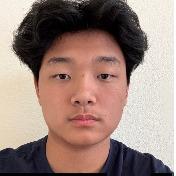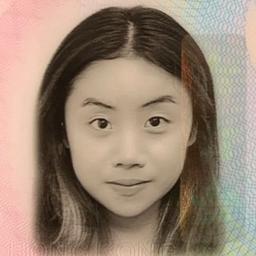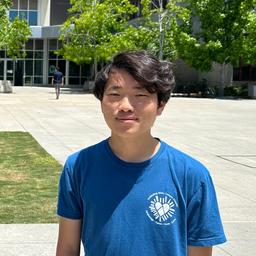Meet Polygence Scholars and explore their projects


Project: “Mitigating Homelessness in San Francisco: A study of Causes, Existing Policies, and New proposals“

Project: “You are what you eat: an analysis on the gut and its connection to mental health and neurological disorders“

Project: “Parent-Child Relationships Within Biracial Households“

Project: “Biological Modeling of Rheumatoid Arthritis & FBXO48“

Project: “English, Chinese, and Temporal Reference Frames“

Project: “Research essay on WWI trauma and Gance's _J'accuse_“

Project: “A Review of Artificial Turf Vs. Natural Grass: The Safety of American Football Playing Fields“

Project: “A Machine Learning-based Early Diagnosis of Alzheimer’s Disease“

Project: “Too-Many-Thinkers and Psychological Continuity“

Project: “Harvesting Sunlight: Applying Photovoltaic Principles to the Design and Development of an Automated Solar Tracker“

Project: “'Reaching Our Star' - Blending Animation With Real-life“

Project: “Tune to Today“

Project: “In what ways can Krashen's Input Hypothesis apply to students in a wide range of foreign language learning classrooms?“

Project: “Statistically Analyzing Club Loft, Ball Position, and Swing Size to Predict Total Distances of Short Game Shots“

Project: “Citizen Science Game: Identifying iNaturalist Animals via Gamification“

Project: “How has the development of AVs influenced the way they are assessed for public safety and how has their mass deployment impacted the safety of real-world roads?“

Project: “Phage Therapy against antibiotic-resistant pathogens“

Project: “Phenomenology of Pregnancy and Possibility“

Project: “Mitochondrial Disease: Leber Hereditary Optic Neuropathy and its causes, effects, and treatments.“

Project: “How do cognitive load, social presence, self-regulated learning skills, and technology acceptance contribute to the differences in information retention between classroom learning and online learning?“